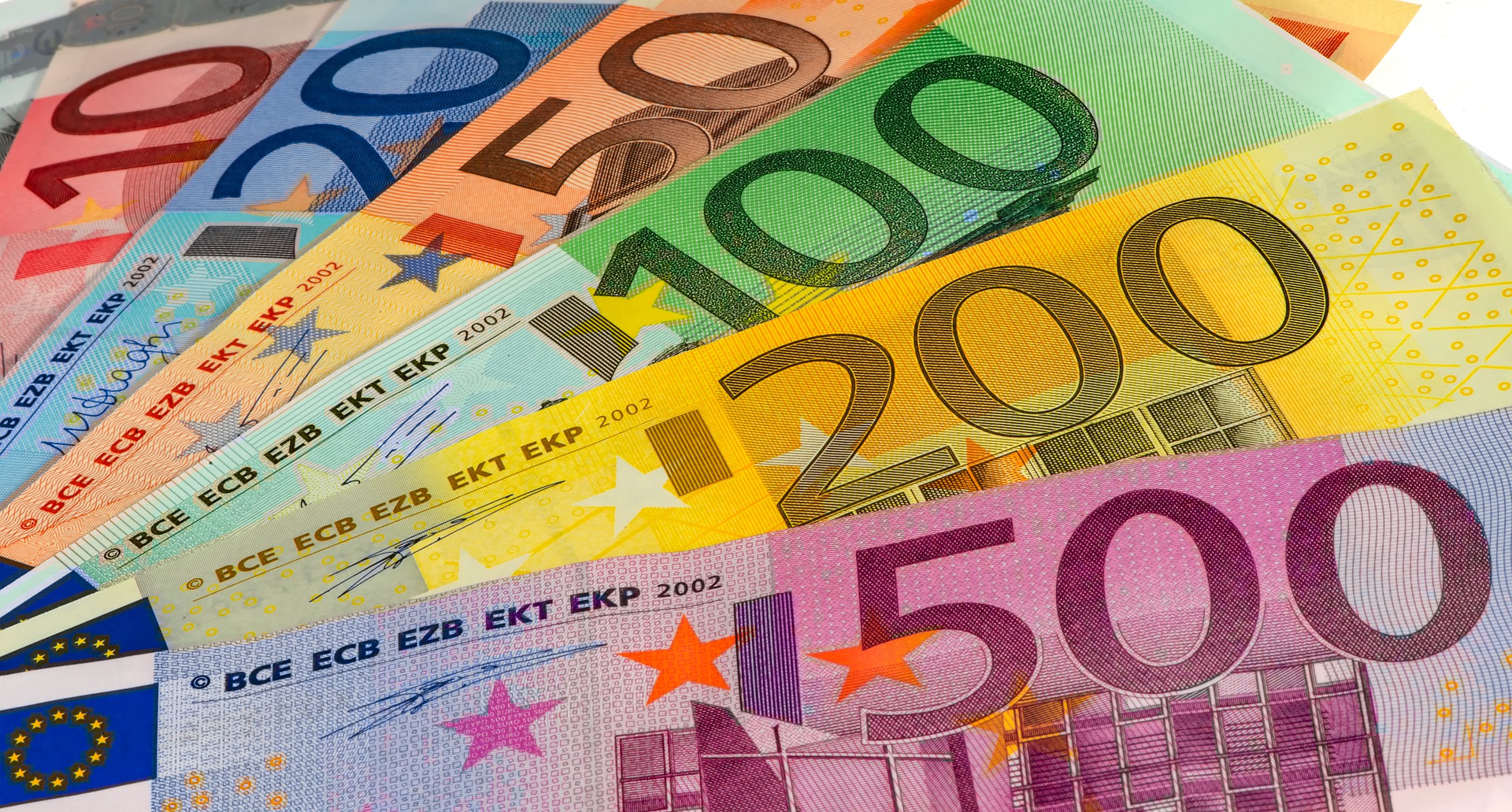
One of the most famous product bundles is probably the Big Mac menu. But even away from the usual fast-food chains, bundles can be found in almost all market sectors. The renowned Harvard Business School studied the effects using the Nintendo game console as an example, was able to prove the extreme success of this tactic and published it back in 2012 in the study “The Dynamic Effects of Bundling as a Product Strategy”.
In the virtual online world, bundling products has become much easier – or has it?
What does Amazon actually mean by a product bundle?
Amazon basically differentiates between bundles and multi-packs. Bundles contain products that complement each other (Big Mac, fries and Coke), multiple packs or multipacks consist of several identical items (2 Big Macs).
According to Amazon guidelines, bundles may only contain items that complement each other, meaning that items in the bundle enable or enhance the use of other items in the bundle or that it is more convenient for the buyer to purchase the items together.
Five reasons why it’s worthwhile for manufacturers to create bundles themselves on Amazon
Bundling on Amazon has several advantages for you as a manufacturer:
1. make the customer comfortable!
The customer wants it easy and convenient (not only on Amazon). If he often buys different products together anyway, you can also offer him a corresponding bundle right away. This way, the customer does not have to search for a long time and does not even get the idea of accessing your competitor.
2. sell your small-priced items online!
Due to the shipping costs in online retail, items with low prices have a hard time. Amazon does not like items under 5 EUR retail price. Handling, packaging and shipping eat up too much margin. With sets of 2 or 3, these costs become much more relative and the items become attractive to Amazon again.
3. introduce new products to the customer!
Use the popularity of your top sellers to make items from your range palatable to customers.
4. exploit cross-selling potentials!
On Amazon, as a manufacturer, you don’t have much leverage to cross-sell options. You can try to control this via variants, use the comparison matrix on the A+ detail pages or the brand store. With clever product bundles, you have a strong opportunity to leverage cross-selling potential on Amazon.
5. give speed to slow movers!
Bundle a top seller with a (thematically appropriate) slow-moving item from your range and you will significantly increase its turnover rate.
Who’s going to do it, you or Amazon?
As a vendor, you have three different options for creating bundles or multi-packs:
| Soft bundle exclusive / multi-packs | Soft bundle not exclusive | Hard bundle | |
| Explanation | You deliver the items normally as individual products. However, Amazon only offers the set and also only delivers the set to the customer. Amazon takes care of the bundling. | You deliver the items normally as individual products. Amazon offers both the set and the individual products. Bundling takes over Amazon. | You create the set itself as an independent article. The prerequisite is that the set receives its own EAN and is also created as a separate product in your merchandise management systems. |
| Example |  |  |  |
| Example of soft bundle “Set of two”. | Example of soft bundle with complementary products | Example for hard bundle “set of three”, here however not created by the manufacturer, but by a marketplace retailer with its own EAN. | |
| Implementation | Contact your vendor manager at Amazon. He will assist you with the implementation of the soft bundles. | Upload the desired bundle with the corresponding flat file template via case in VendorCentral. | Create the bundle through VendorCentral as you would a normal item. It receives its own ASIN. |
How do you find the optimal bundle for Amazon?
Four tips for brainstorming optimal bundles:
1. use Amazon “is often bought together” function.
Under a product, Amazon often shows what customers often buy together. This ad is not driven by paid advertising, but represents real customer priorities.
2. item under 5 EUR selling price
Select from your items those with an MSRP less than 5 euros. Is it likely that your customers will need this product more than once? Then put together multi-packs. If you choose a hard bundle, you can also link the sets right away in the variants.

3. put yourself in your customer’s shoes
Think about what problem your bundle can solve for a customer. Where does he have added value, get everything he needs with one click; where do you save him time and effort in the search.
4. use experience from other sales channels
What do your colleagues in sales report? Which items are often sold together in the other sales channels? Here, too, you can get interesting ideas for clever product bundles.
So does bundling make sense or not?
If you cleverly put together clever product packages, then you use previously untapped potential for further growth on Amazon, become more visible and can also offer assortments that were previously unprofitable for online trade with Amazon.
Play and test with the soft bundles first. Here you have a great deal of design freedom and can test modes of action without having to make elaborate adjustments to your own systems.







